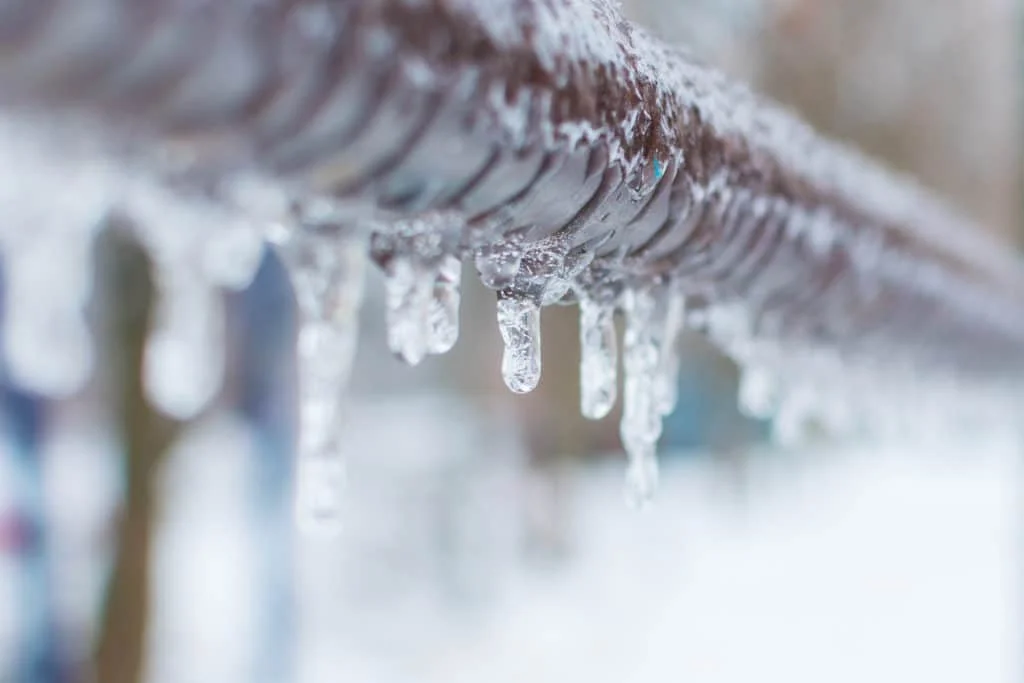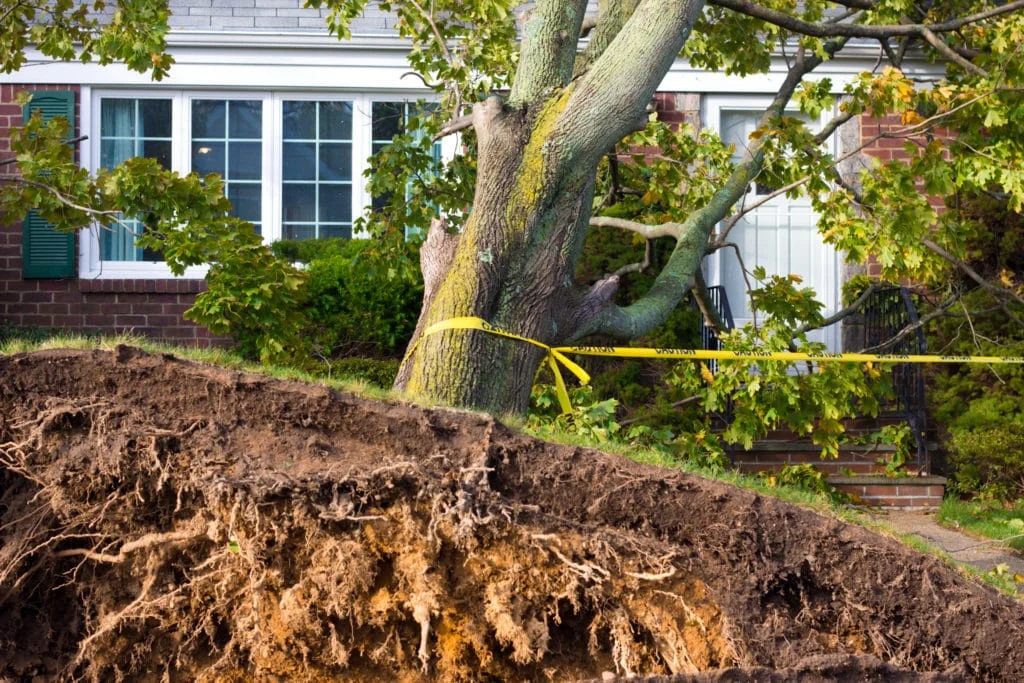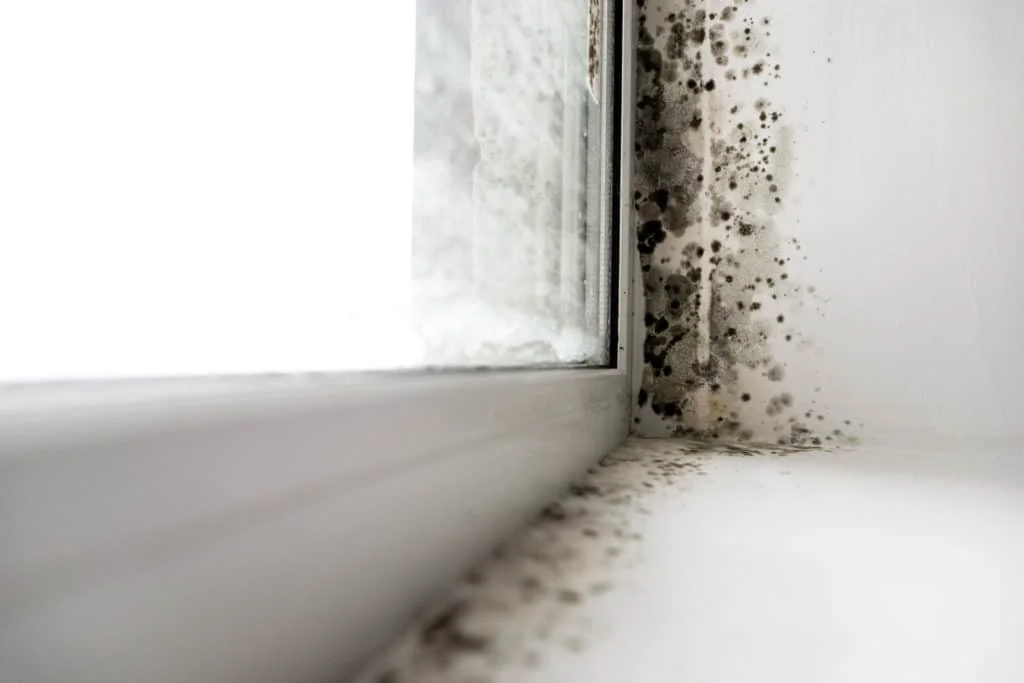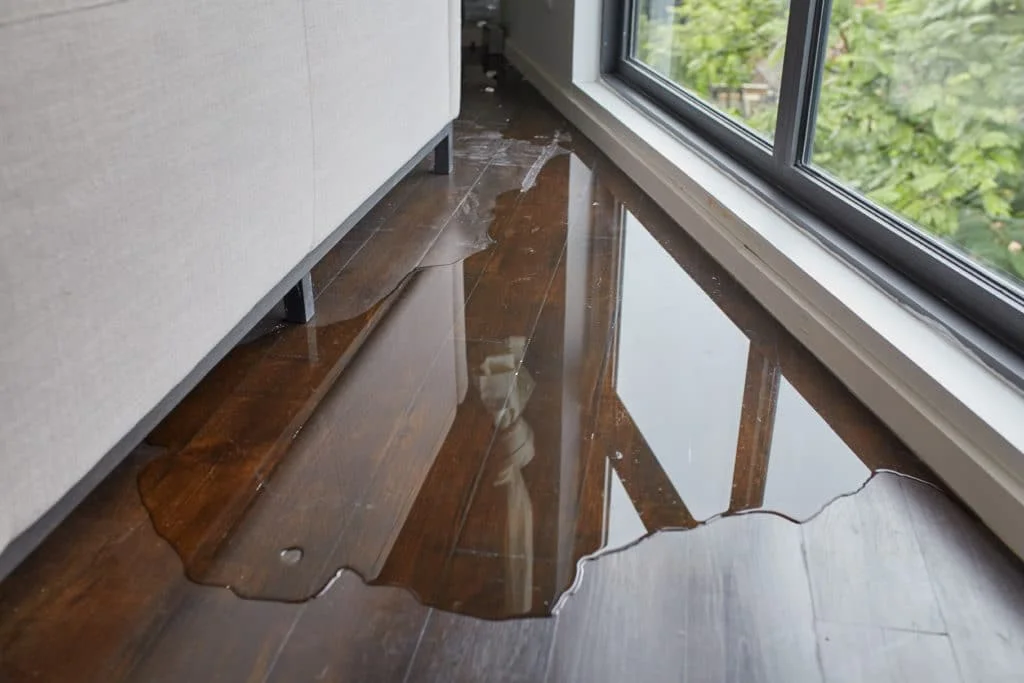Imagine coming home after a long day… You’re ready to relax, but instead, you discover that your floors now resemble shallow kiddy pools. You have a burst water pipe.
A water pipe bursting is any homeowner’s nightmare. Water can cause serious damage, very quickly — and repair costs add up just as fast.
If you’ve ever been shocked by the amount and costs of damage from this unpleasant experience, you’re definitely not alone. Homeowners spend, on average, up to $2,000 on repair costs after a water pipe bursts.
Though a water pipe can burst at any time, especially in homes with older plumbing, water pipe problems are especially common in winter.
Cold temperatures cause water in pipes to freeze then expand with great force, causing leaks and damage when temperatures rise again.
You can take steps to prevent leaky pipes and save yourself thousands on repair costs. But if you’re already dealing with burst pipes and water damage, you have options, as well.
Read on to learn the steps to take to prevent and deal with a burst water pipe.
Why Did My Water Pipe Burst?
There are many reasons why a water pipe fails. While each situation is different, there are a few common causes of water pipe bursts, from weather to external damage.
Let’s look at five culprits, and the steps to take to prevent issues.
1. Freezing Temperatures
If you live in a climate where temperatures drop below freezing, be aware of the heightened potential for pipe problems.
When temperatures drop, the water inside your pipes may turn to ice. As more water trickles in, the frozen area grows… and the frozen water expands.
Over time, the pressure may be too much. Bonds in the pipe weaken and cracks form. When the ice finally melts, the temperature change can shatter both the ice and the surrounding pipe. If the pressure is strong enough, the pipe bursts.

To keep pipes from freezing and bursting, shut off the water to outdoor spigots and drain the remaining water from pipes. Insulate indoor pipes to keep them warm.
If pipes are on an outer wall, open cabinets if possible. When it’s freezing outside, leave at least one faucet slowly dripping to keep the water moving inside the pipes at all times.
If the temperature gets well below freezing and even into the negatives, you may want to leave a steady stream of water flowing. A water bill that’s a little bit higher will likely be much cheaper than flooding repairs.
2. Rust and Corrosion
Corrosion is another common cause of burst pipes. Rust and corrosion build up inside pipes, especially in older homes and in areas where water has a high iron content.
Over time, the corrosion weakens pipes, leading to an increased chance of a burst. Steel pipes are especially susceptible to rust.
To prevent rust and corrosion, replace steel pipes with plastic or copper. These types of pipes tend to resist corrosion longer.
3. Tree Roots
When trees around your home grow taller, their roots grow downward and outward, too. Sometimes, roots come in contact with water pipes.
In a battle between tree roots and pipes, the roots usually win. As roots continue to grow and press against the pipes, the pipes crack, leading to leaks.
To keep roots from encroaching, be sure to plant trees far from your water pipes. Choose slow-growing tree varieties that have small root balls.
If trees are already encroaching, you may try to add a physical or chemical barrier to prevent roots from accessing pipes.

4. Movement and Water Pressure
Sometimes, the soil around pipes shifts or moves, causing pipes to lose stability and crack. Movement may occur due to nearby construction, temperature fluctuations, or repairs made to other parts of the plumbing system.
High water pressure may also cause pipes to move. If the pressure reaches a PSI above 60, pipes may simply burst from the strain.
Construction is a major cause of pipe movement. Request that dirt from nearby construction isn’t dumped on top of your pipe system to prevent movement and increase pressure.
5. Clogs
You already know that clogs can back up your sink and shower drains. But did you know that they can lead to burst pipes, too? A clog can cause water pressure to build up behind it, especially if it’s deep within the system.
That’s why it’s important to be mindful of what gets poured down the drain, goes into the garbage disposal, and flushed down the toilet. Limiting drains to water and approved materials can help prevent deep clogs.
Signs of a Busted Water Pipe
How do you know if you have a burst water pipe? The most obvious sign is finding puddles of water in your home.
However, puddles can come from leaks, rather than bursts. Here’s how to tell the difference.
If a puddle gets bigger when you turn the water on, that indicates a burst pipe. Because bursts allow water to move through the walls, you may notice water puddling directly under the burst pipe, and also pooling in other places.
For instance, if the pipe leading to the bathroom sink bursts, you may see puddles under the sink and on the floor near the tub and toilet. In contrast, leaks tend to pool in just one place.
Another sign of a burst pipe? Water pressure issues. Burst pipes generally lead to low water pressure, as the cracked area affects how much water moves through the pipes.
Stains may appear on the walls and floors near a busted water pipe. If bursts are caused by rust, you may notice that water has a strange, metallic odor and reddish discoloration. The presence of mold or mildew may also indicate a burst water pipe.

You may be able to hear a burst pipe: listen for water and pipe sounds in the walls. If you hear a constant dripping, that may indicate a burst pipe.
Similarly, pipe noises (such as the clinging and clanging of metal) may be caused by pipe movement. This can indicate a pipe that has — or is about to — burst.
Finally, keep an eye on your water bill. If it spikes suddenly, you may have a burst water pipe.
First Steps to Take When a Water Pipe Bursts
If you notice any of these indications of a broken water pipe, taking action immediately is key. After all, it doesn’t take long for water to do serious damage.
When a pipe bursts, take these six steps right away:
- Locate your main water valve and shut it down to prevent any more water from flowing into your walls and home. Your main shut-off may be in your basement, crawl space, or by your hot water heater. (If you think water has come in contact with electrical sockets, wiring, or a fuse box, turn your electricity off, too).
- Drain your faucets. Starting with the cold tap, drain the remaining water out of the pipes, then flush every toilet in the house a few times. Next, turn off your boiler or water heater and drain the hot tap. This will relieve water pressure.
- Call the plumber once the water is turned off and pressure is relieved. Getting professional help quickly is key.
- Try to find the burst pipe. If you can find the leak, place a bucket under it to catch the water. Look for bulges in the ceiling or other signs of water damage.
- Document the damage. You may need to make an insurance claim, so document thoroughly. Take close-up photos of damaged items and areas, and of the pipes themselves. Use rulers in pictures to show water levels. Take photos from different angles; the more documentation you have, the better. You may even want to take a video of the leak before you shut off the water main.
- Clean up the mess. If water sits too long, microbes will grow, leading to harmful mold and mildew. This can lead to long-term damage, so get your home dry as soon as possible. You may need to call in a professional drying company, as simply opening the windows and turning on fans may not be enough.
What Happens When a Water Pipe Bursts?
Speaking of water damage, what happens after a water pipe burst? The bad news is that, if left unrepaired for too long, a burst pipe can result in serious damage to your home.
First, there’s mold growth. After just three days, mold and mildew can start to grow. Mold loves dampness; if the water sits too long or areas don’t get thoroughly dry, mold can take over.
Mold exposure has been linked to respiratory problems. It’s especially bad for those with allergies or asthma, as it can exacerbate both issues.
If you want to sell your home, mold can really throw a wrench in your plans. It’s important to prevent the growth of this toxic substance.

Water damage can also cause problems with a home’s structural integrity. Wood and water simply don’t go together; if the wood is exposed to water and dampness for too long, it starts to rot. That means doors, windows, beams, walls, and even your house frame can warp.
This type of structural damage isn’t cheap to fix. In fact, just one inch of flooding can result in water damage that runs into the tens of thousands of dollars to fix. And when it’s time to move on, homes that need serious repairs are a much harder sell.
But it’s not just the structure. Water damage from a burst pipe can ruin your carpet, wood flooring, drywall, furniture, and your belongings, too.
If you’ve experienced water damage from a burst pipe, you may be in shock at how expensive repairs can be. Fortunately, if you want to sell your home but can’t afford the necessary repairs, HomeGo offers a solution.
HomeGo will provide a transparent, same-day offer on your home. Best of all, you won’t have to worry about the expense of repairing a burst water pipe, or about the costs of fixing water damage. Contact HomeGo today to learn how we can help.




